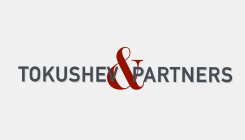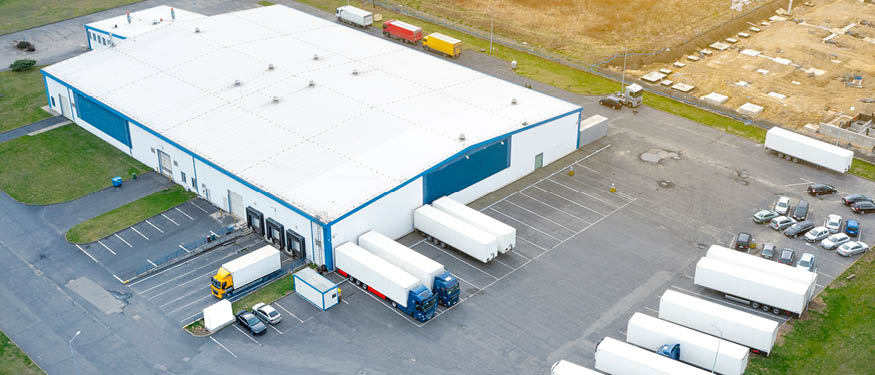The latest buzzwords in the automotive and manufacturing industry, “autonomous driving” and “connected mobility,” serve as foretokens of a new “mobility services” era. The industry is affected by current ecological, environmental, and digital standards, and the mobility habits, trends, and demand are gradually disbanding from conventional practices. New indicators are affecting business models in this important industry, including those of parts-suppliers and distributors, by calling for new regulations and consumer expectations.
Many industry players are transforming from classic automotive original equipment managers into tech and energy companies, placing emphasis on software, Internet of Things, big data, electric mobility, and smart cities. For their part, consumers are transforming from car owners into car users, zooming in the experience of mobility itself, and favoring ride hailing services and in-car infotainment.
In the midst of this overwhelming transformation, the Greek automotive industry remains stagnant, trapped in a constant consolidation and debt restructuring process. Car ownership has declined, the passenger car market remains underdeveloped, and the regulatory regime framing the industry is insufficient and outdated. However, Greece will eventually have to keep pace with market developments at least at a European level – and the country is particularly eager to evolve its car market towards the new global era of autonomy and connectivity.
Key words like “electrified,” “autonomous,” “shared,” and “connected” reveal a shifting industry landscape, which will lead to a complicated regulatory environment. Experts anticipate that autonomous driving will require comprehensive real-time generated data collected both from the vehicles themselves and from various traffic participants. Although the flow of such data will be of utmost importance to the operation of the new mobility scheme, it will soon create a messy situation, requiring a re-enforced legislative and regulatory framework.
The excessive need for real-world data promotes data protection and system security as the key regulatory pillars of the future automotive industry. The massive volume of data feed and data processing when navigating the new world of connected cars needs to be deployed in the context of a far-reaching legislative environment that will ensure auto-safety and cybersecurity against the complexity and cost pressure of the variant state-of-the-art digital demands. In this respect, Greece should follow the lead of other advanced European countries which have already established standards in the form of IT Safety Acts and security regulations. It is commonly accepted that the new regulatory framework should be technically drafted, cybersecurity-and-telematics oriented, and data protection-and-safety focussed, and that it should provide the highest level of security against unauthorized use through encryption and software managing practices.
In addition to data protection and e-security, the market expects legal challenges to multiply in the imminent future. On the good news side, new key cooperation models should emerge as tech companies join forces with traditional manufacturers in sector mergers that skyrocket the M&A and investment activity in the industry. Of course, any such extensive merger movement could trigger a series of snags, especially taking into account the recent cartel claims and the enhanced scrutiny of the European Commission on the automotive sector. An additional problem is linked to the new commercial and intellectual property law issues that could potentially arise from the use of standardized technologies to achieve connectivity. Licensing processes, patent registration, and litigation, as well as the calculation of royalties are among the primary domestic challenges, especially given Greece’s high level of bureaucracy. At the same time – though perhaps at a less exponential rate – the regulator’s eye is likely to be drawn to the potential pitfalls that lie in the area of customs law, and he is likely to regulate the duties imposed on the imports of driverless cars by addressing all labor and employment issues that could be caused by automated processes.
The prospects and potential of the automotive industry in the future are, beyond question, colossal; while carmakers are looking at all possible future trends, the new era of auto manufacturing will bring together emerging and diverging markets, which need to start evolving within the borders of a solid yet expanding regulatory framework. It remains to be seen whether Greece will be able to stand its ground and be actively present and regulatory-ready in these new times for the automotive industry.
By Panagiotis Drakopoulos, Senior Partner, and Mariliza Kyparissi, Senior Associate, Drakopoulos
This Article was originally published in Issue 6.2 of the CEE Legal Matters Magazine. If you would like to receive a hard copy of the magazine, you can subscribe here.






















